Why Maruti Suzuki Isn’t Bringing ADAS, AWD or CVT to the Alto in India
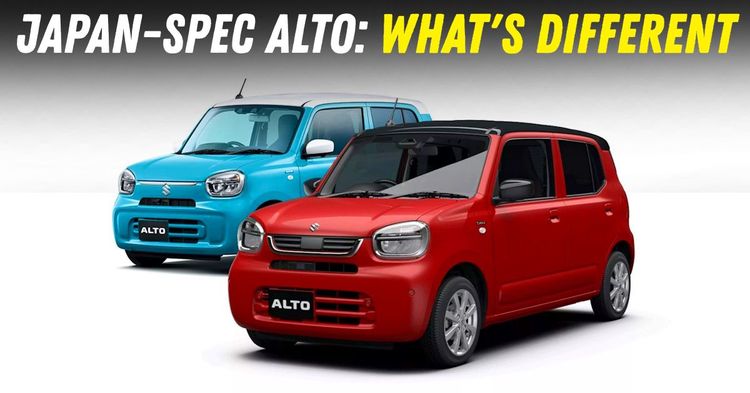

The Suzuki Alto recently launched in Japan comes with features that feel futuristic when compared to its Indian counterpart. From Advanced Driver Assistance Systems (ADAS) to Continuously Variable Transmission (CVT) and even All-Wheel Drive (AWD), the Japanese model seems like it belongs to a different league. It raises an obvious question; why doesn’t Maruti Suzuki bring any of these features to the Indian version of the Alto?
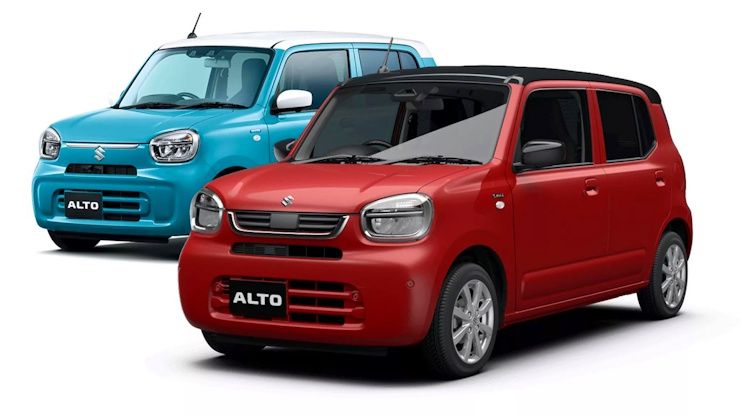
To understand the logic behind this, one needs to look closely at how the Alto is positioned in the Indian market. Unlike Japan, where even small cars are often loaded with technology due to different consumer expectations and stricter regulations, the Alto in India plays a very different role. It is one of the most affordable cars on sale in the country. That fact alone shapes almost every decision Maruti Suzuki makes about what to offer or not offer on this model.
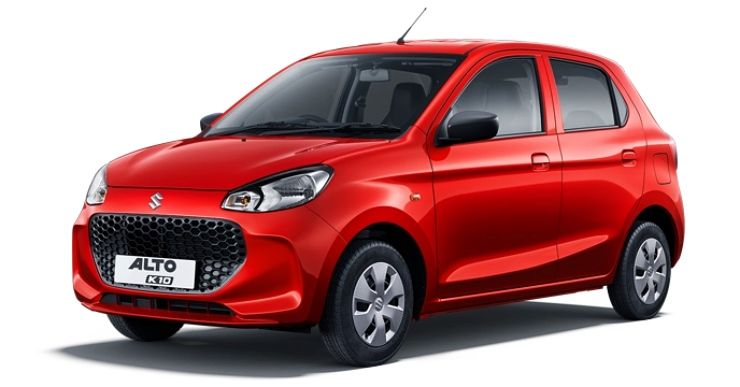
Adding high-tech safety and convenience features like ADAS may sound good in theory, but for a buyer shopping in the ₹4 to ₹5 lakh range, cost is the single most important factor. The moment such features are added, the price shoots up, and the Alto loses its biggest selling point, affordability.
Many Indian entry-level car buyers are price-sensitive to the point where even a ₹20,000 difference can push them away from the showroom. Introducing ADAS or AWD would mean pushing the car well beyond the budget threshold of its target audience. The result is a car that becomes technically better, but commercially irrelevant.
There’s also the matter of consumer priorities. In Japan, where snow-covered roads are common and tight urban spaces require advanced safety features, something like AWD and ADAS makes perfect sense, even in a kei car. In India, however, the average Alto buyer uses the car for short city commutes or as a second vehicle for the family.
For such users, AWD is unnecessary, and ADAS may even feel intrusive. Moreover, given the poor quality of road markings, inconsistent traffic behaviour, and lack of strict lane discipline in most Indian cities, ADAS systems would struggle to function properly. What is the point of adding lane-keep assist if most roads don’t have visible lanes?
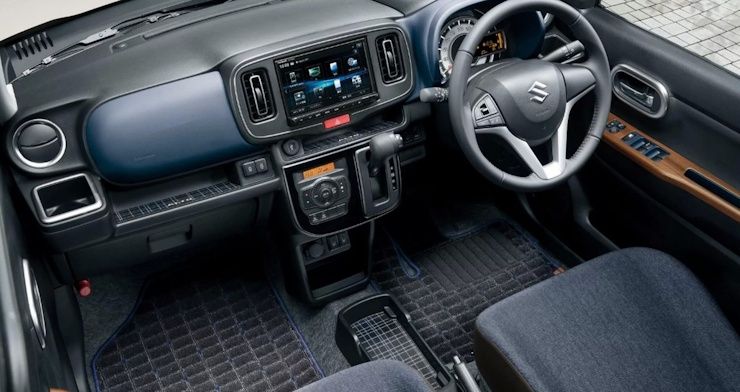
Then there’s the issue of CVT. While CVT is seen as a smooth and sophisticated option in many global markets, Maruti Suzuki has preferred using Automated Manual Transmissions (AMTs) in its smaller cars. This isn’t just about cost, although CVTs are significantly more expensive. It’s also about durability and fuel economy. CVTs can be delicate when driven in stop-and-go traffic over long periods, and repair or replacement costs are high. AMTs, on the other hand, are simple, easy to fix, and inexpensive to produce. They may not offer the same refinement as a CVT, but they do the job at a fraction of the cost.
It's also worth noting that the Indian Alto’s structure and underlying platform are not designed to support many of these features. Adding AWD, for instance, would require a complete re-engineering of the chassis and drivetrain layout. Similarly, ADAS relies on a suite of sensors, cameras, and electronic control units, components that need proper integration with the vehicle's architecture and a robust electrical system to function reliably. Such changes go well beyond just bolting on a few parts. They require months of validation, regulatory approvals, and, most importantly, a solid business case.
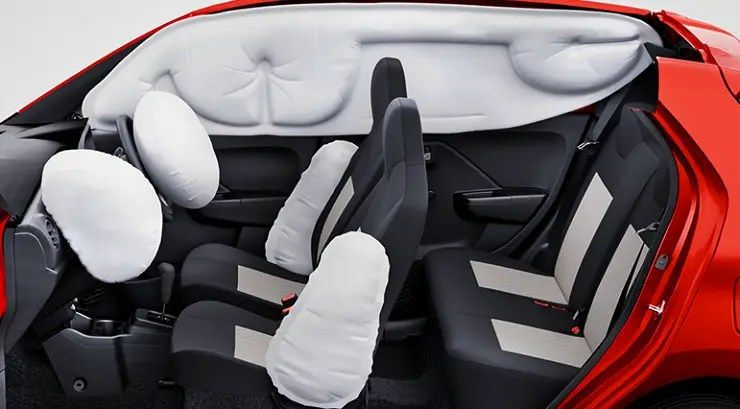
Maruti Suzuki is aware that introducing these features would significantly raise the price and complexity of a model that succeeds because of its simplicity. The Alto is not intended to compete with high-tech premium hatchbacks. It continues to sell in large numbers because it offers basic, reliable personal mobility to first-time car buyers or those upgrading from two-wheelers.
Eventually, some of these technologies may reach entry-level cars as costs come down and consumer expectations shift. But for now, the Alto in India will remain what it has always been; straightforward, efficient and affordable. Features like ADAS, AWD and CVT are not part of that equation. Not yet.